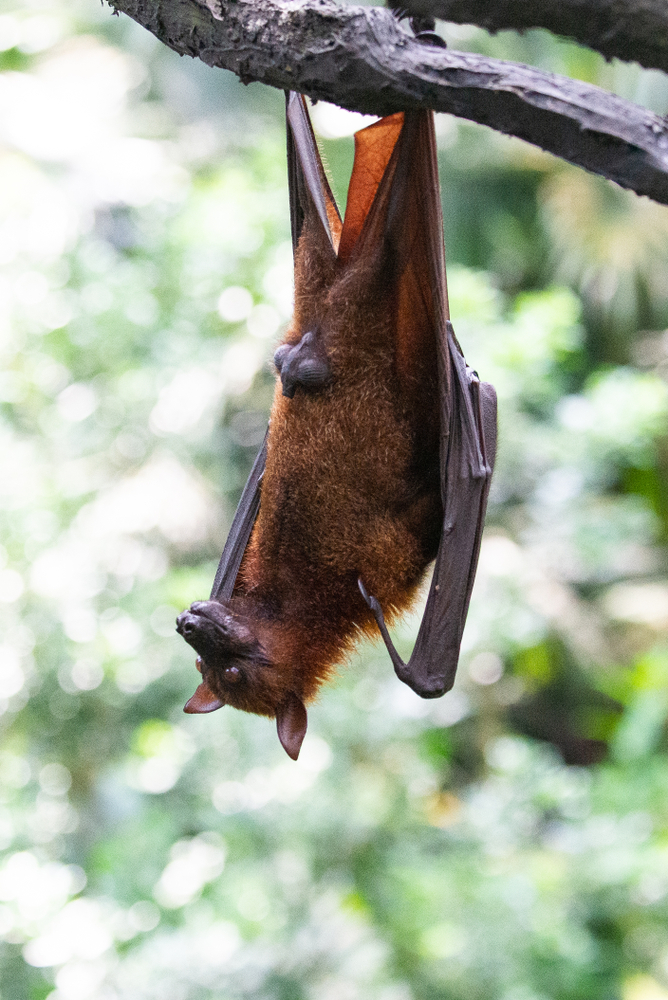
A new study built on machine learning recently identified four bat species that have the potential to spread Nipah virus in India, which was hit by a virus outbreak in 2018.
The study, published in PLoS Neglected Tropical Diseases, claims that its findings could help guide surveillance and prevent outbreaks. While bat-borne viruses are nothing new, Nipah is a particularly lethal virus with no vaccine. Bats, pigs, and human-to-human transmissions are all possible vehicles for spread of the disease with researchers trying to pinpoint particular species that can be hosts of the virus.
“While there is a growing understanding that bats play a role in the transmission of Nipah virus in Southeast Asia, less is known about which species pose the most risk,” Barbara Han, a disease ecologist at Cary Institute of Ecosystem Studies and co-lead author on the paper, said. “Our goal was to help pinpoint additional species with a high likelihood of carrying Nipah, to target surveillance, and protect public health.”
While India hosts around 113 bat species, only 31 have been sampled for Nipah virus and 11 found to be potential hosts. According to Raina Plowright, a disease ecologist at Montana State University and another co-lead author of the study, the last comprehensive taxonomic study on Indian bats is more than a century old. Therefore, every species chronicled is another step forward in identifying where to focus relief efforts. Computer intelligence helped advance these efforts.
“By looking at the traits of bat species known to carry Nipah globally, our model was able to make predictions about additional bat species residing in India with the potential to carry the virus and transmit it to people,” Han said. “These bats are currently not on the public health radar and are worthy of additional study.”
Plowright noted that the risk is ongoing.
“As this paper was going to press, another case of Nipah virus was confirmed in Kerala,” Plowright said. “The public health community has again been forced into reactive mode. Our study is a starting point for the research needed to contain Nipah at its source, so we are managing spillover risk, instead of human suffering.”
The authors conclude that their predictions must be combined with local knowledge on bat ecology to make sampling plans to identify bats of risk to humans effectively.




